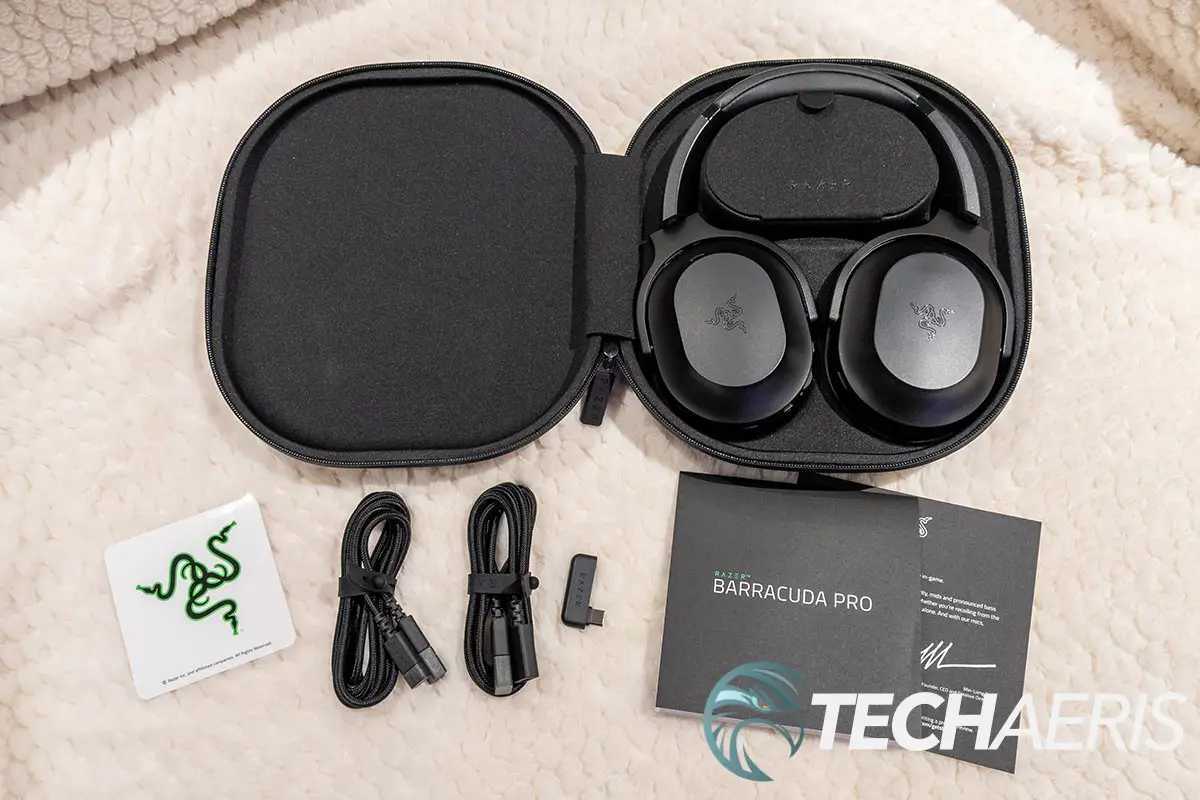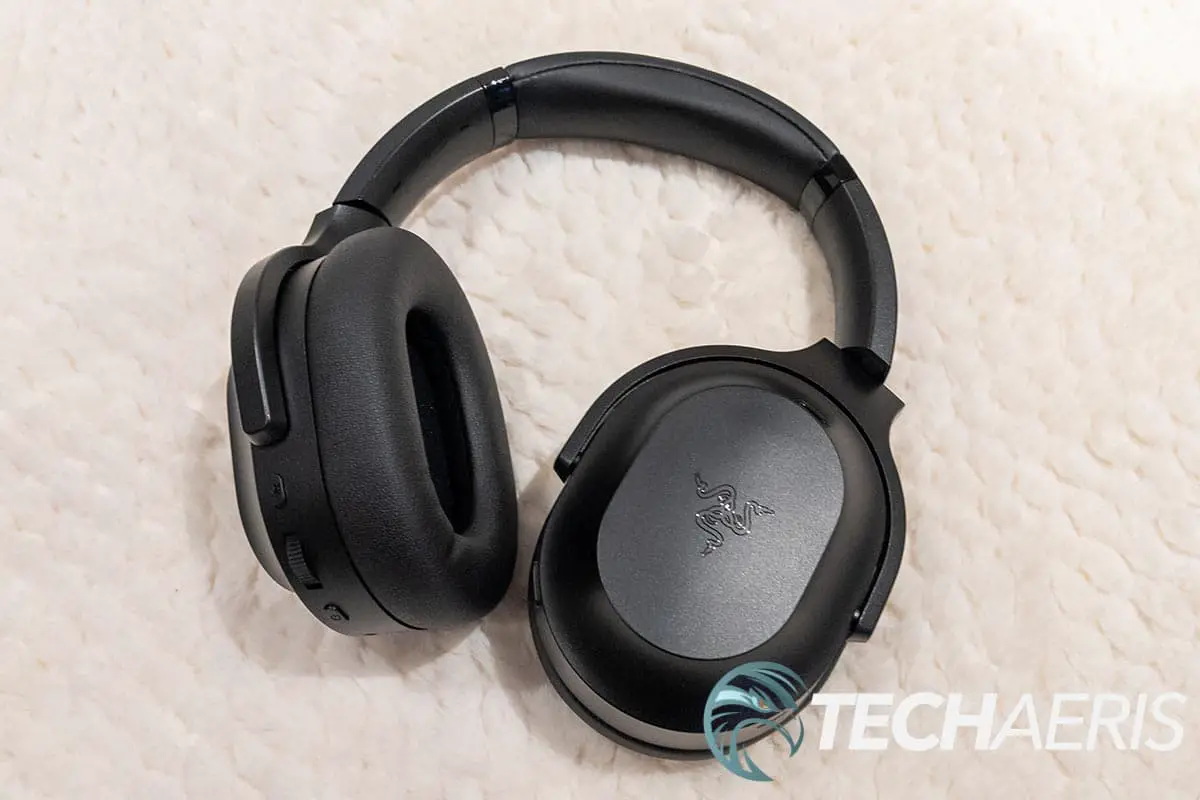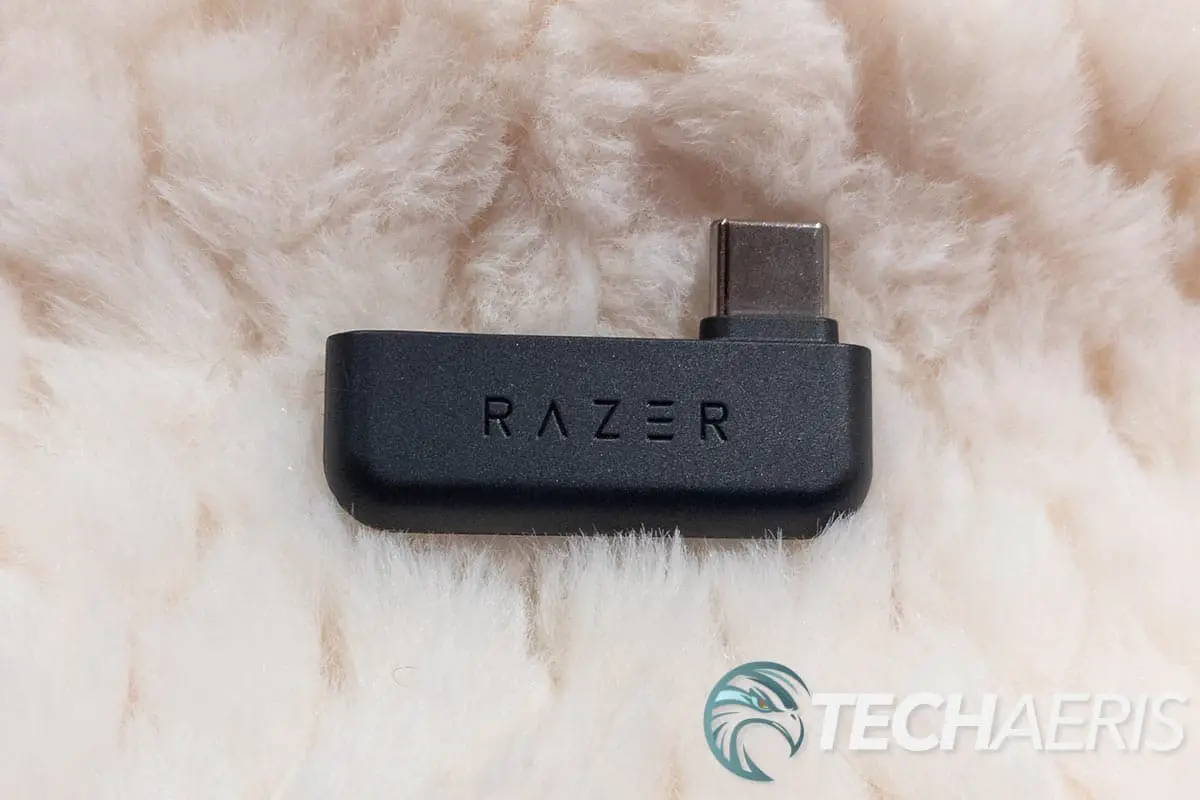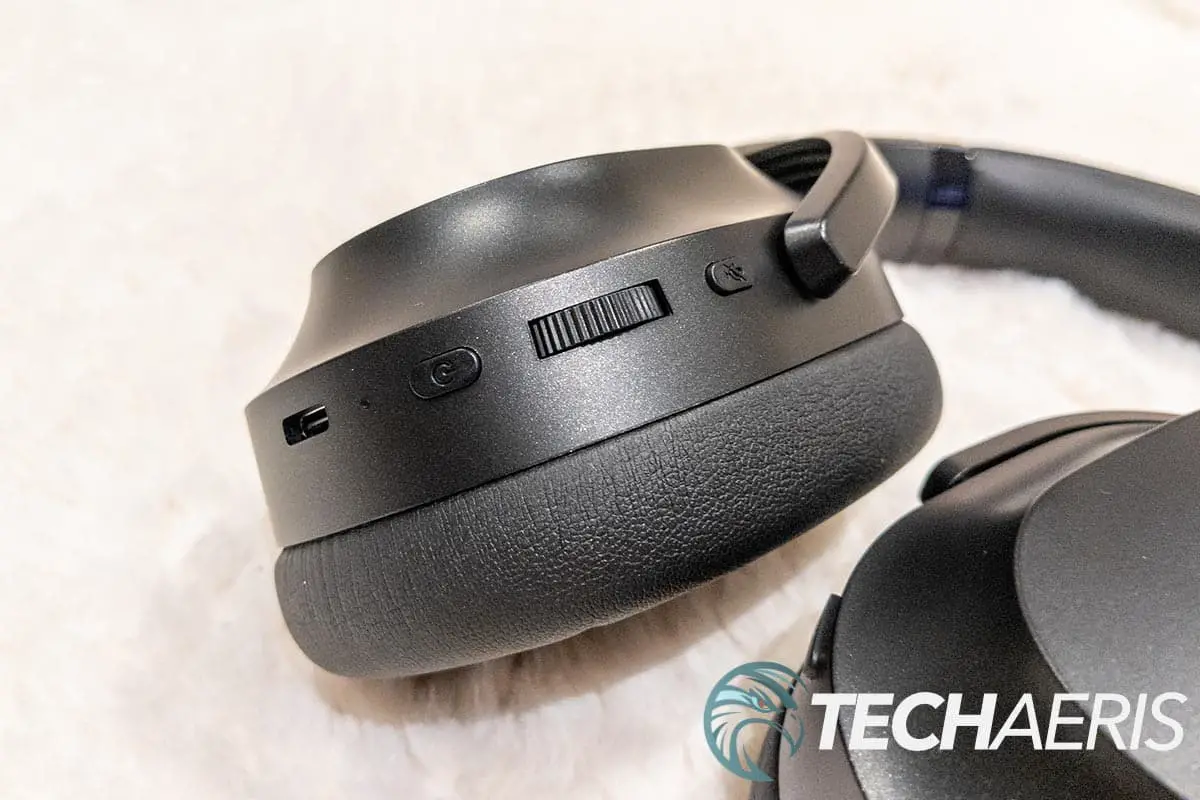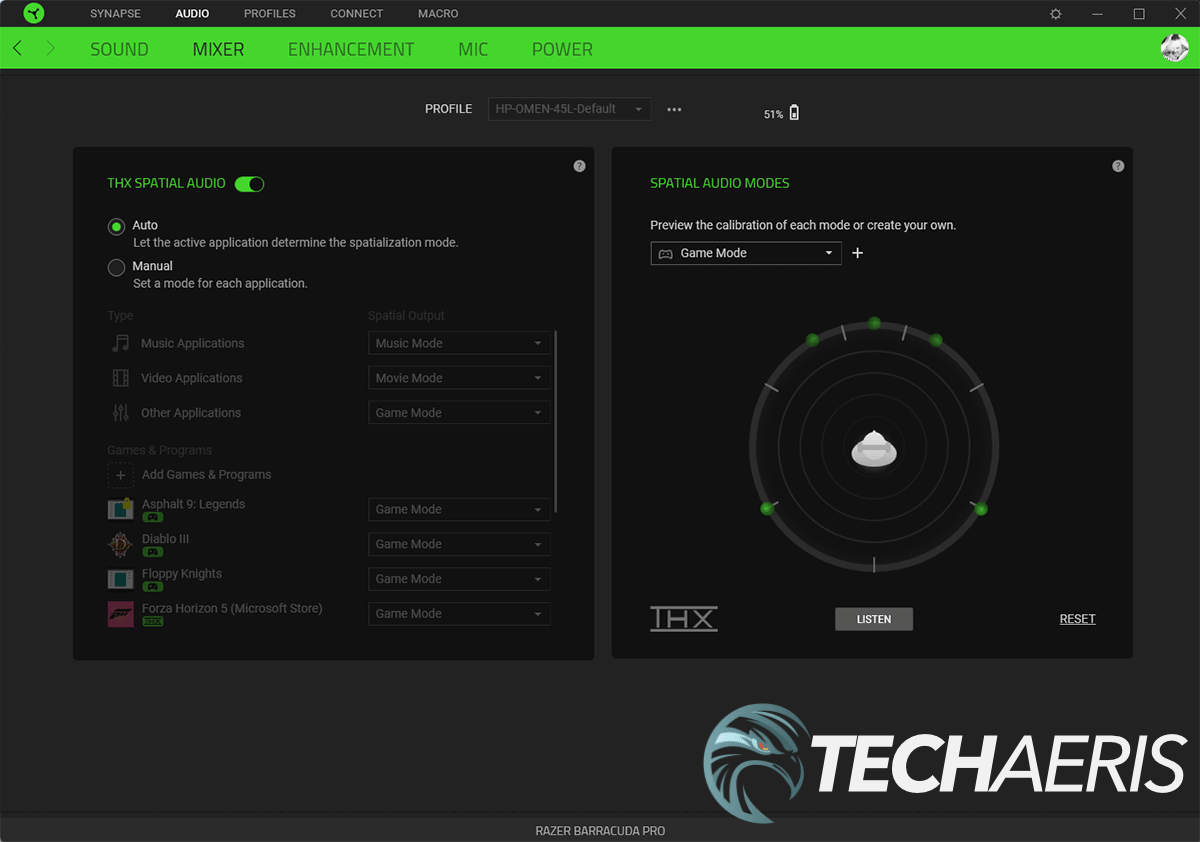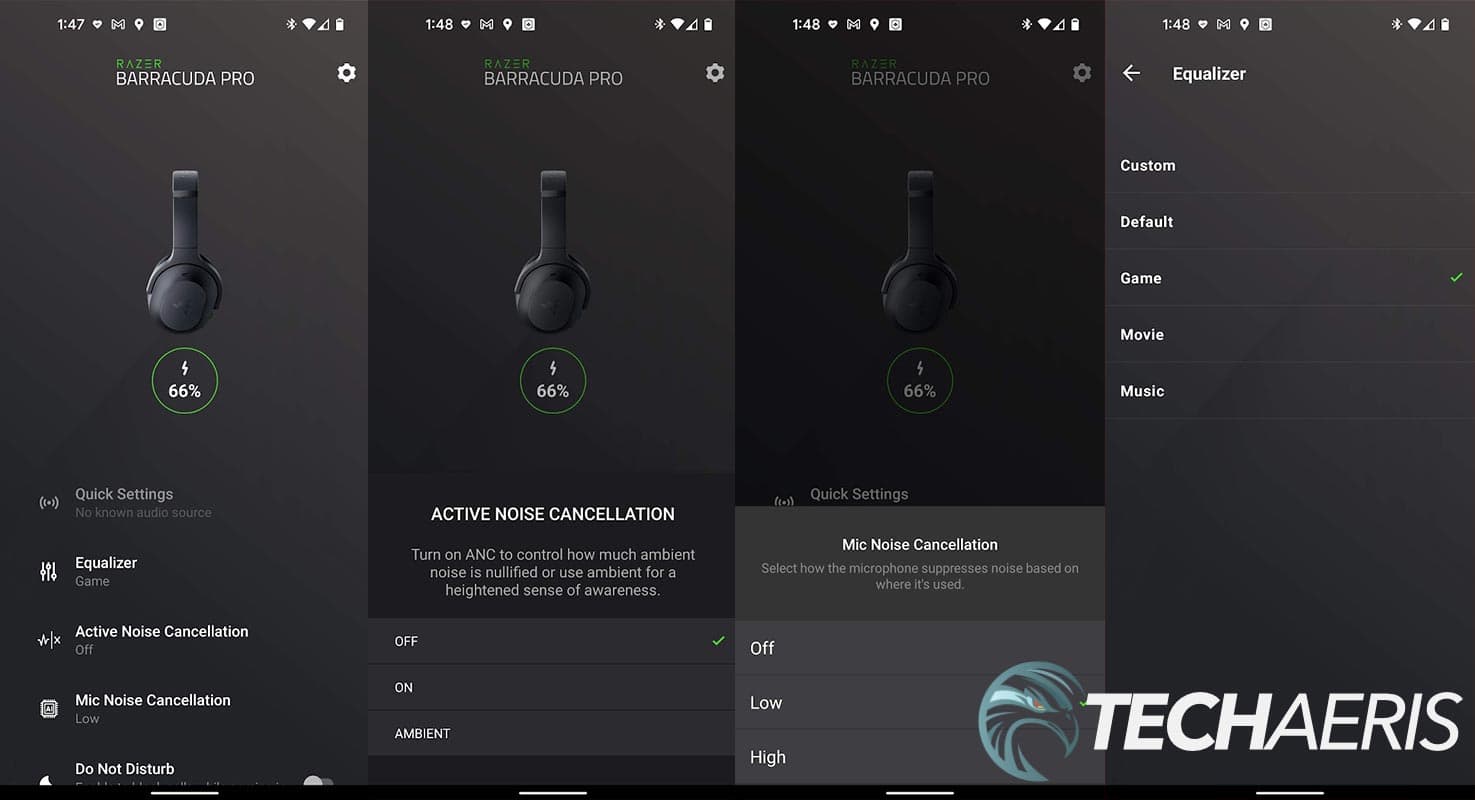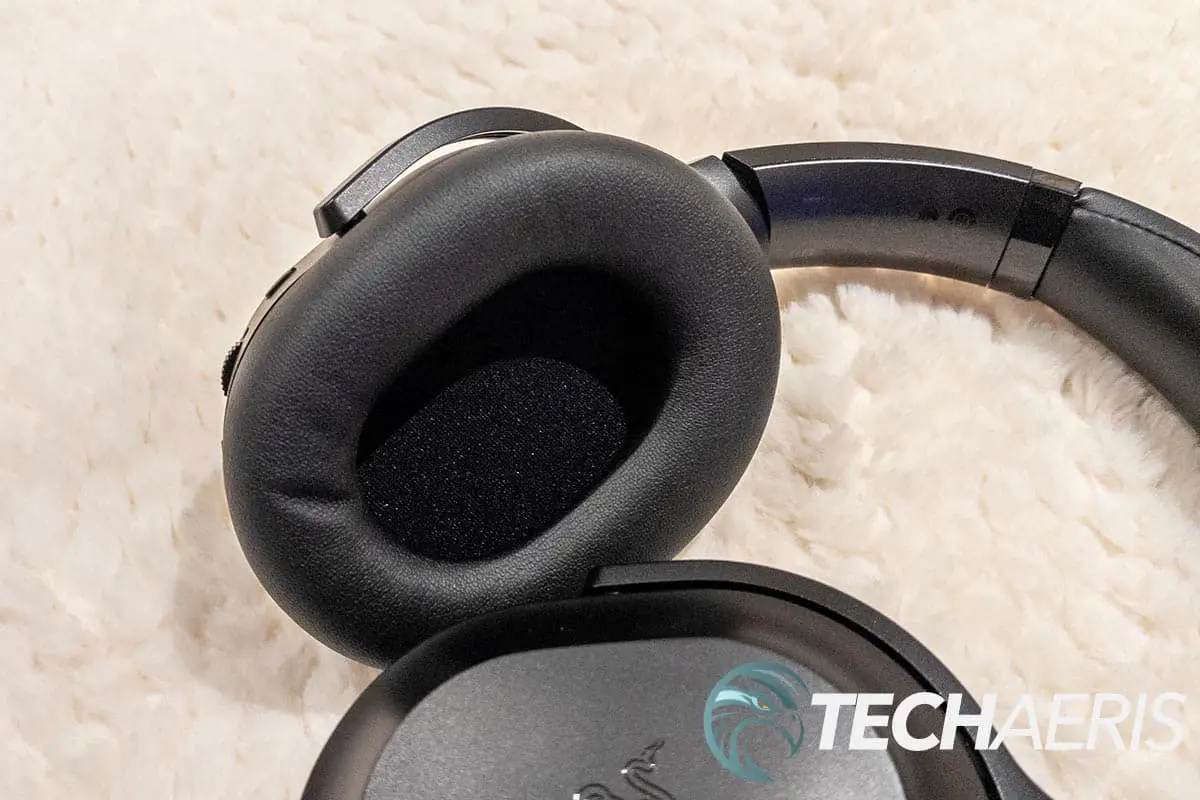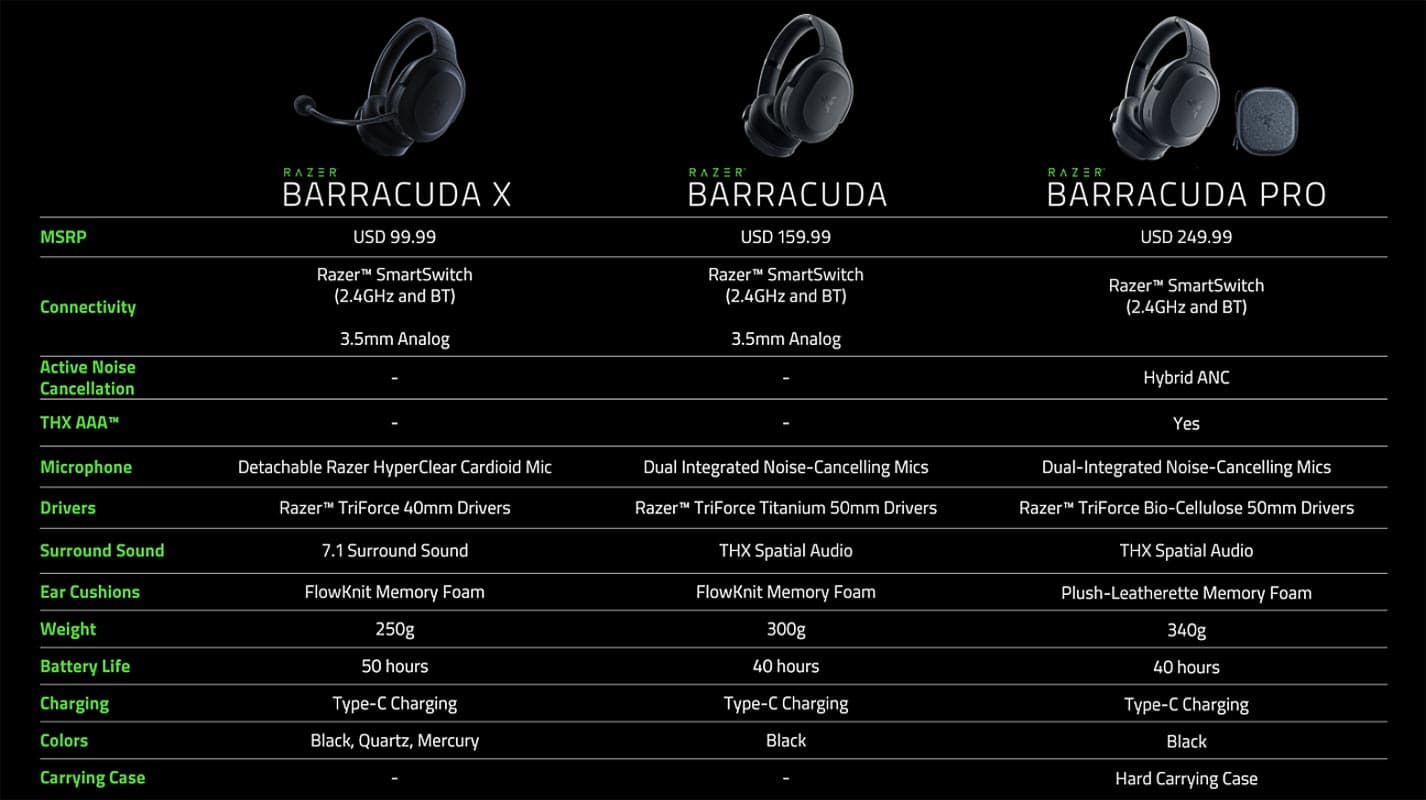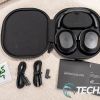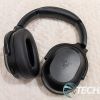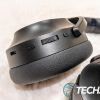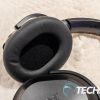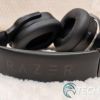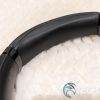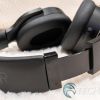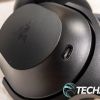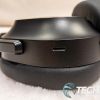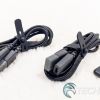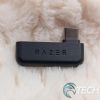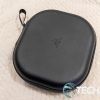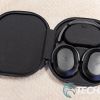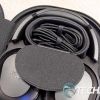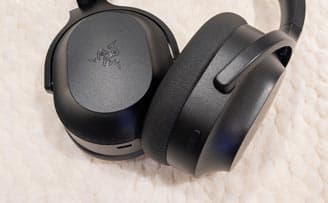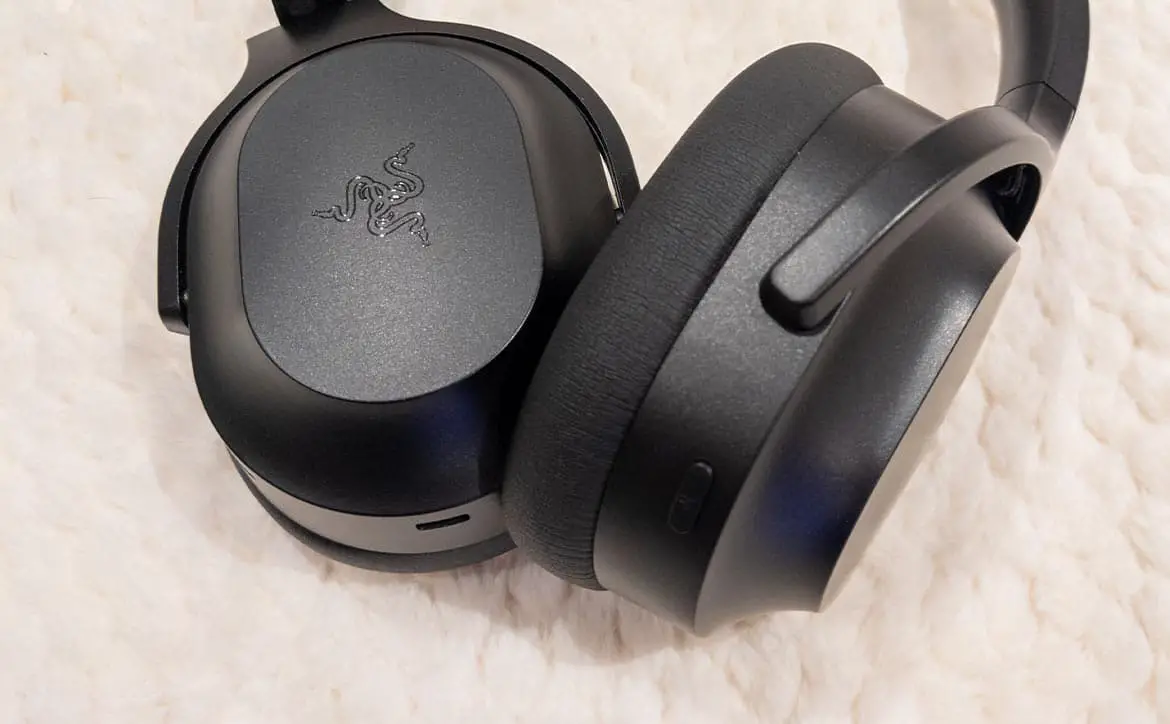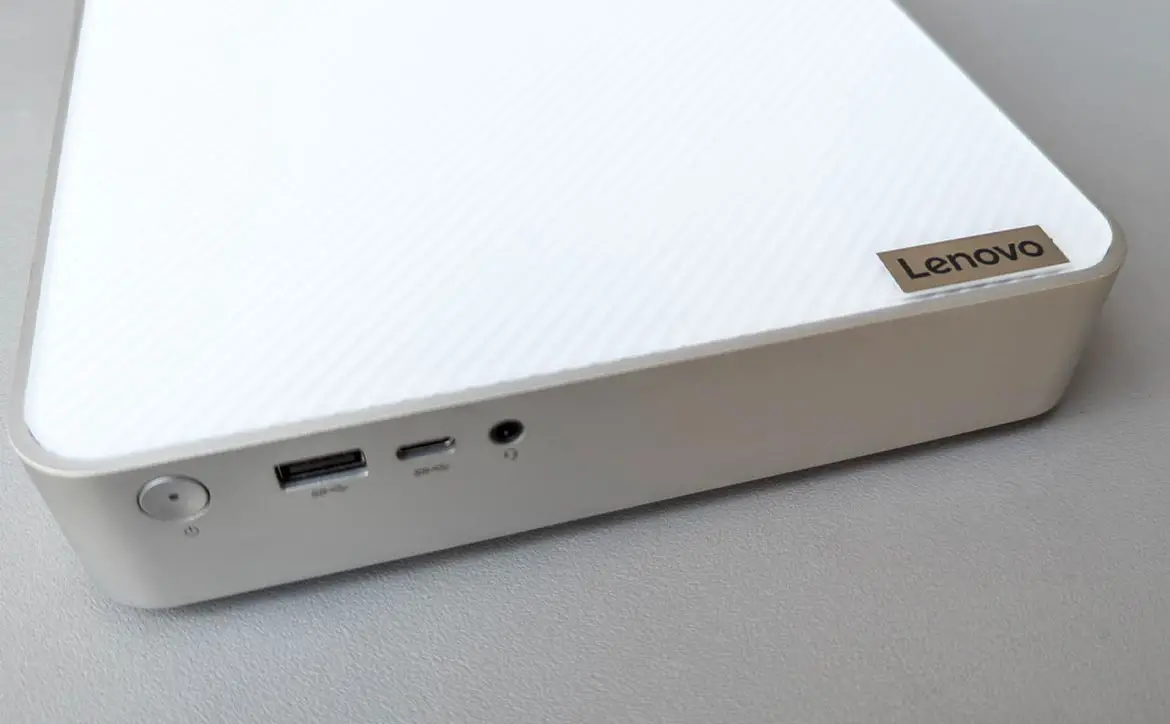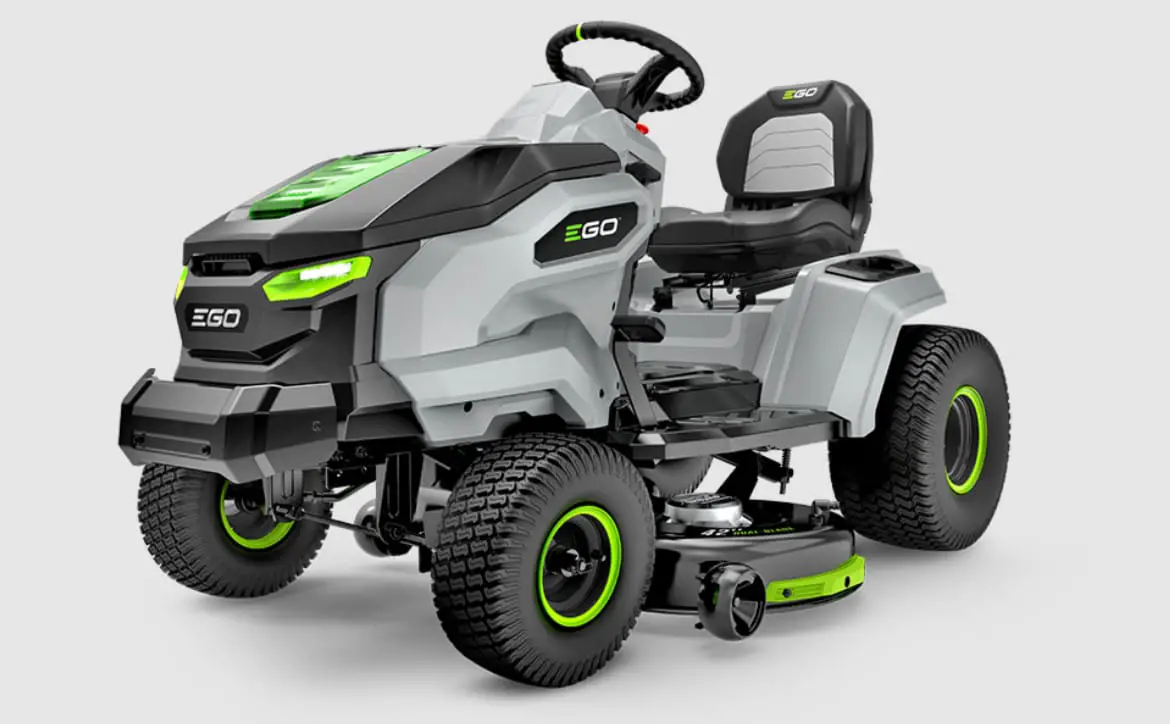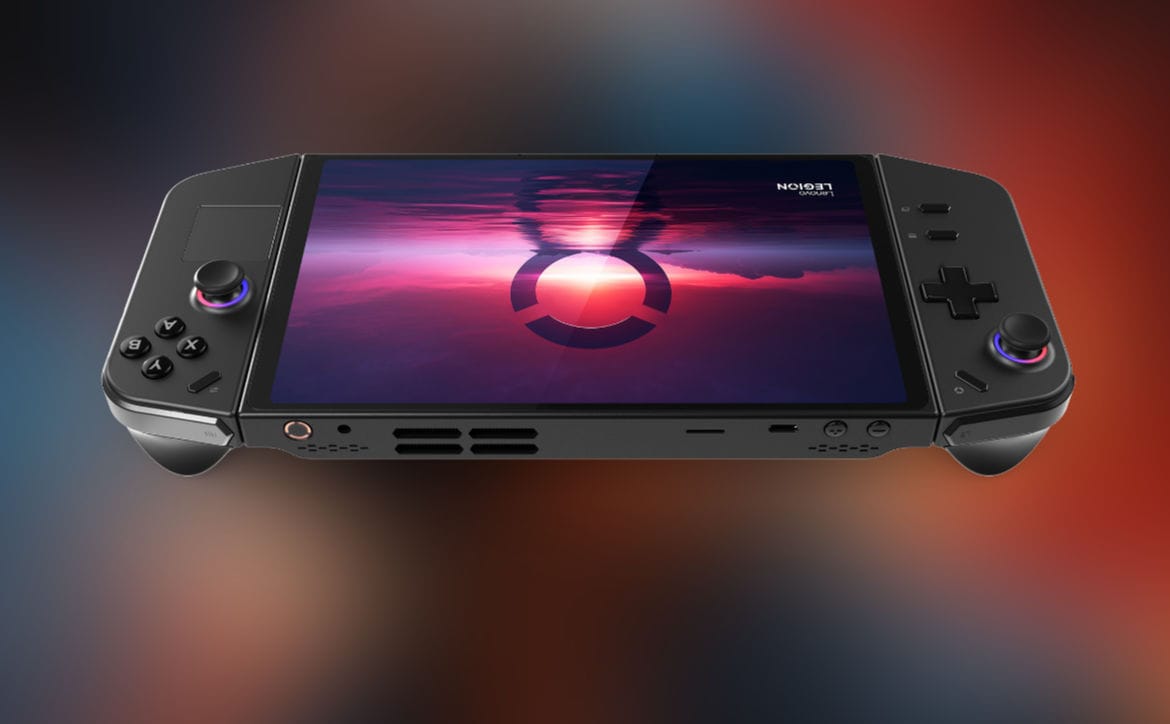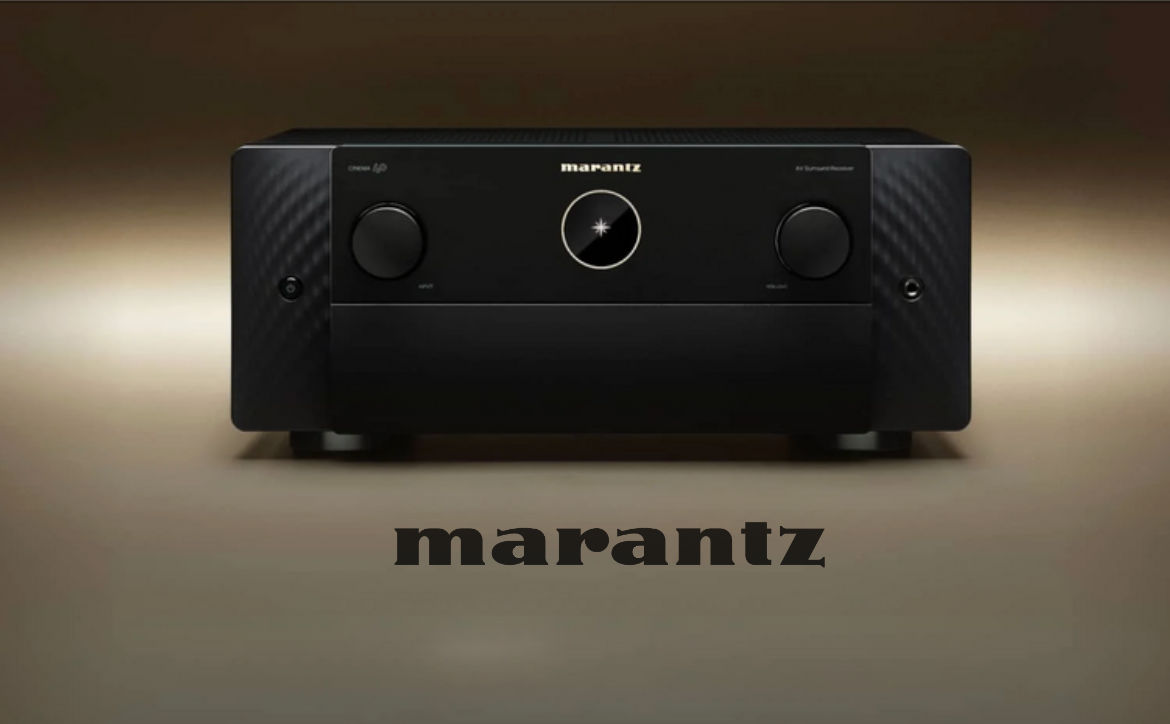
Razer is one of those companies that always seems to be improving upon their existing products and putting out new versions. Today, the company has released the Razer Barracuda Pro, Barracuda, and refreshed Barracuda X street-styled gaming headsets. The Barracuda Pro and Barracuda are new products and the refreshed Barracuda X now boasts 50 hours of battery over the previous 24 and features Razer’s SmartSwitch Dual Wireless for greater Bluetooth connectivity.
Estimated reading time: 19 minutes
With that out of the way, our Razer Barracuda Pro review looks at the flagship street-styled gaming headset of the family, with plenty of features including THX audio, SmartSwitch Dual Wireless, and integrated microphones. Here’s what Razer has to say about the Barracuda Pro:
“The Barracuda Pro is the hybrid headset that does it all. Whether it’s your main gaming setup at home or your favorite music playlists on the go, the Barracuda Pro combines the fuss-free convenience of lifestyle headphones along with the high-performance gaming features you’d expect in a Razer gaming headset, to create a no-compromise experience, packaged in a sleek, premium design.”
Chris Mitchell, Head of the PC Gaming Division at Razer
Read on for our full review and see why it was awarded a Top Pick of 2022 here at Techaeris!
Table of contents
Specifications
The Razer Barracuda Pro wireless gaming headset we reviewed has the following features and specifications:
- Razer SmartSwitch Dual Wireless (2.4GHz and BT)
- Hybrid Active Noise Cancellation (ANC) Technology
- Razer TriForce Bio-Cellulose 50mm Drivers
- THX Achromatic Audio Amplifier (THX AAA™)
- THX Spatial Audio
- Dual Integrated Noise-Cancelling Microphones
- Plush Leatherette Memory Foam Cushions
- USB-C Charging
| Headphone frequency response | 20Hz – 20kHz |
| Headphone impedance | 32 Ω @ 1 kHz |
| Headphone sensitivity | 96dBSPOL/mW @ 1kHz by HATS |
| Drivers | Bio-Cellulose 50mm Driver |
| Inner ear cup diameter | 62 x 42mm |
| Connection type | Wireless via Type-C dongle and Bluetooth |
| Oval ear cushions | Full-ear coverage with plush leatherette memory foam |
| Microphone frequency response | 100Hz – 10kHz |
| Microphone signal-to-noise ratio | ≥ 70 dB |
| Microphone sensitivity | -38 ± 1dB @ 1kHz |
| Microphone pick-up pattern | Omnidirectional |
| Microphone type | Integrated Dual MEMS Microphones for Voice Pickup and AI noise cancellation |
| THX-AAA | • High Fidelity • THX AAA-0 Amplifier THD: ~-90dB @ -3dBFS, 1KHz, with 32Ω load |
| On-earcup controls | • 2.4GHz Wireless and Bluetooth Toggle (SmartSwitch) • ANC levels (ANC ON, Ambient, ANC OFF) • Volume up and down • Mic mute on/off toggle |
| Audio usage | • Wireless: via Type-C dongle or Bluetooth 5.2 • Bluetooth Codec: AAC, SBC • THX Spatial Audio: Only available in Windows 10 64-bit or higher |
| Battery life | Up to 40 hours |
| Weight (approx) | 340g/0.75lbs |
What’s in the box
- Razer Barracuda Pro wireless gaming headset
- 2.4GHz HyperSpeed USB-C dongle
- USB-A to USB-C charging cable
- USB-A to USB-C female adapter cable
- Hard-shelled carrying case
- Quick Start Guide
- Razer sticker
Design
Like the Razer Barracuda X we reviewed last year, the Barracuda Pro blurs the lines between gaming and everyday use. The style is one you can wear for gaming or out and about without looking too garish or attracting extra attention. Matte black in colour, the headset has a solid feeling plastic outer shell. The headband features this finish for the first three inches of the headband on either side. The middle of the headband has a soft leatherette-covered foam cushion on the underside and top, which is fairly comfortable. The Razer wordmark is stamped into the leatherette material on the top of the headband. Instead of adjusting for size at the top of the earcups, the Barracuda Pro adjusts on either side of the padded portion. Inside the headband are steel bands, making it easy to adjust for size by pulling down the ear cups.
The ear cups are oval with straight long edges. The outer portion angles out slightly, and the Razer snake logo is stamped in the middle of each earcup. The earcups swivel forward a full 90° and back about 15°, which allows for a comfortable fit. This didn’t bother me with the Barracuda X but I did question the design choice here. Given these are targetted at gaming and everyday use, I would have preferred them to fold flat against my body while around my neck. Instead, they lay flat when taken off your head and placed on your desk. At the end of the day, it’s a minor six-of-one, half-dozen-of-another preference and, given I used them mostly for gaming, I did find it useful and easier to take off and on when placing them on my desk while taking a break.
On the front and underside of the left ear cup are your controls. From front to back, you’ll find the mute button, volume dial, power button, LED indicator, and USB-C charging port. On the right ear cup is where you’ll find the Razer SmartSwitch button. Located near the top of each earcup are a couple of small cutouts for the hybrid active noise cancelling. The Barracuda Pro goes one step further toward everyday use by removing the detachable mic the Barracuda X has. Instead, Razer added integrated dual beamforming noise-cancelling mics which I’ll discuss later. These are located on the front of the outer earcups, one on each.
On the inside of the ear cups are the leatherette memory foam ear pads. The earpads are oval-shaped and rather large, fitting comfortably around my ears. They are pretty soft and comfortable, even after extended use. The longest I used them at one time was about three hours and my ears didn’t feel sweaty or warm afterwards. Additionally, the leatherette wrap helps with sound isolation when used, which I’ll talk about more later.
While the first iteration of the Barracuda X had a T-shaped USB-C dongle, Razer listened to feedback (which we also offered in our review of the Barracuda X) and made the USB-C dongle on the Barracuda Pro L-shaped. While the T-shaped dongle was o.k. for smartphones, it potentially blocked extra ports on a computer. While that is still potentially an issue, I tried the new L-shaped dongle on a few different laptops and was able to position it in a way on all of them so as not to block other ports.
Being a flagship headset, Razer has included a hard-shelled carrying case with the Barracuda Pro. It is rather large, measuring 8 1/2-inches wide, 9 1/2-inches high, and 2 1/2-inches thick. The Razer snake logo is embossed on the middle of the top lid of the case. The case closes by way of two zippers, each with a hard plastic piece with the Razer wordmark on it. There is also a nylon carrying strap along the spine. The headphones are stored with the earcups laid flat. The area between the bottom of the headset and the earcups is raised and has a magnetic lid with the Razer wordmark embossed on it. Flipping the lid open reveals a storage space for the two included cables as well as a small pouch/sleeve for the USB-C dongle.
Speaking of cables, there are two included braided cables. The first is a USB-A to USB-C charging cable, the second is a USB-A to female USB-C adapter cable. This is very useful if you don’t have a spare USB-C port on your computer, or if your computer lacks USB-C altogether. In other words, this cable extends the compatibility of the headset, including for use with PlayStation or Nintendo Switch consoles. I did test it on a whim but unfortunately, the headset isn’t compatible with the Xbox consoles.
The Razer Barracuda Pro is also a bit heavier than the Barracuda X, coming in at 340g. While it felt a bit heavy at first, after extended use, it was still super comfortable for extended periods of use.
Ease of Use
The Razer Barracuda Pro wireless gaming headset can be used with the USB-C 2.4GHz dongle or via Bluetooth. To use with the dongle, simply plug it directly or with the included USB-A to USB-C adapter cable into your laptop, computer, phone, PlayStation, or Nintendo Switch console. Once you’ve done so, you’re pretty much good to go. Using the volume dial will allow you to adjust the volume while pressing the Razer SmartSwitch button will toggle between ANC off, ANC on, and ambient modes.
Double pressing the SmartSwith button will switch from USB-C to Bluetooth mode. The first time you do this, the Barracuda Pro will enter pairing mode and you’ll be able to pair it with your smartphone or other Bluetooth devices as you normally would. When in Bluetooth mode, you can use the power button to play/pause the current track, accept an incoming call, end the current call, put a call on hold and accept a second call, end a call and swap to the on-hold call, reject an incoming call, swap calls, skip to the next or previous track, or activate Bluetooth pairing mode. Triple pressing and holding the last press of the SmartSwitch button will enable or disable Gaming Mode, which offers lower latency for gaming.
When used in Razer HyperSpeed Wireless mode with the dongle and connected to your smartphone via Bluetooth, the headset will automatically switch to Bluetooth mode when an incoming call is detected. You can choose to answer or reject the call, then switch back to HyperSpeed Wireless mode. You can also disable this feature using the Razer Audio App, which we’ll discuss in the next section.
Software
While the Razer Barracuda Pro can be used out of the box as is, there are two apps for it. The first is the Razer Synapse app for Windows and the second is the Razer Audio app for Android and iOS devices.
Razer Synapse
When the USB-C dongle is first plugged into a computer, it should auto-launch the Razer Synapse installer and update it for the Barracuda Pro wireless gaming headset. While it is handy to do so, not everyone wants to use the Synapse app. That aside, you’ll want to to take full control of the headset while using it on a PC. The Synapse app is pretty straightforward and gives you control over sound, mixer, enhancements, mic, and power settings.
Under the Sound tab, you can control the volume, set ANC to off, on, or ambient, and open the Windows sound properties. The Mixer tab allows you to toggle THX Spatial Audio and calibrate the THX Game, Movie, and Music modes. You can even specify which mode to apply to certain games and applications. The Enhancement tab lets you toggle and adjust Bass Boost, Sound Normalization, Voice Clarity, and EQ settings. Under the EQ settings, you can select Default, Game, Movie, Music, and Custom. Custom, of course, lets you tweak 10 frequencies to tune the audio to your specific tastes.
The Mic tab allows you some pretty decent tweaks to the dual beam-forming internal noise-cancelling microphones. These include toggling the microphone on or off, setting the volume, toggling Voice Gate (controls the amount of microphone input), toggling Volume Normalization and Vocal Clarity, setting Mic Noise Cancellation to low or high, adjusting the mic EQ to Default, Mic Boost, Broadcast, Conference, or Custom, and finally toggling and setting the level of Mic Monitoring (Sidetone).
Finally, the app lets you toggle Power Saving which will turn the Barracuda Pro off after 15 to 60 minutes of inactivity, depending on what you set it to.
Razer Audio
When connected to an Android or iOS device, you’ll be able to use the Razer Audio app to control a few settings as well. With the app, you can quickly check the current battery life remaining, adjust the auto-shutoff time, toggle between Custom, Default, Game, Movie, and Music EQ settings, toggle ANC between off, on, and ambient, set the mic noise cancellation to low or high, toggle Do Not Disturb (block calls while gaming using the 2.4GHz USB-C dongle), and toggle Game Mode. When Game Mode is enabled, it reduces latency for a better gaming experience.
The one minor issue I had with the Razer Audio app is that it only detects the Barracuda Pro when you are in Bluetooth mode. In other words, even if you are connected via Bluetooth while using the headset on another device with the dongle, the Android app won’t allow you to change the settings on the headset. Once you change to Bluetooth mode, it will. The reason I found this odd is that when you are connected to both, the headset will accept a call via Bluetooth if it comes through your phone while in HyperSpeed Wireless mode.
Sound Quality
Where to even start with the sound quality on the Razer Barracuda Pro wireless gaming headset. For starters, it is the first Razer headset to feature the company’s new TriForce Bio-Cellulose 50mm Drivers. Building on their patented TriFrce design with precise high, mid, and low tuning, the new drivers add an ultra-thin bio-cellulose speaker diaphragm. According to the company, this “organic compound reduces harmonic distortion so that your music is faithfully reproduced as how the artists have intended.”
As if that wasn’t enough, the Barracuda Pro also has a built-in THX Achromatic Audio Amplifier (THX AAA). When paired with the Bio-Cellulose drivers, users can expect detail and clarity alongside deep, impactful bass. THX AAA features include:
- Patented feed-forward error correction topology that nulls conventional distortion mechanisms
- Reduction of harmonic, intermodulation, and crossover distortion by up to 40dB, resulting in a realistic and fatigue-free listening experience
- Effortlessly drives difficult headphone loads at high current without distorting
- Low output impedance to prevent the headphone driver from distorting the audio
- Minimal bias current and highly efficient power management to optimize and extend device battery life
- Flexibility to match the required fidelity, output power, and distortion elimination from nearly any audio content
First featured in the Razer Opus, the Barracuda Pro also features an advanced hybrid ANC system. To recap, hybrid ANC features both an external and internal facing microphone. The external facing microphone isolates low and mid-frequency sounds like speech and traffic. The internally facing microphone, on the other hand, filters out lower frequencies such as the humming of an airplane or lawnmower. Together, the hybrid ANC system provides the best noise-cancelling performance available.
Sure, this all sounds good on paper, but does the Barracuda Pro wireless gaming headset deliver?
When used out of the box without any software customization, I was generally pleased with the default levels and sound quality. However, enabling the THX Spatial Audio and selecting game or music EQ settings depending on what I was doing, the sound stage just felt that much grander. When listening to music, the lows, mids, and highs seemed nicely balanced and had the right amount of bass without being overwhelming. If you want more bass, you can enable the Bass Boost feature and even tune it between 1 and 100. Other features like sound normalization (to minimize sudden volume increases from sounds like explosions) and voice clarity (improves voices, especially in voice chats) helped as well.
When gaming, I found the THX Spatial Audio without any further enhancements offered a fantastic gaming experience. I was able to pinpoint sounds fairly accurately, especially important during games like Call of Duty: Warzone to track where enemies were coming from. I did enable Voice Clarity and it did make a minor difference for chat communications during team play without overly affecting the main game at all. When solo gaming, I did turn this off for more accurate game audio. While I was hard-pressed to tell the difference between Razer’s 50mm TriForce Drivers and the new Bio-Cellulose TriForce Drivers, I had no complaints about the sound quality here when ANC was disabled.
On that note, I did find the best audio experience came with ANC turned off. Even in a busy area, if you have the volume set right, I didn’t hear a lot of background noise. With ANC turned on, it took care of what little background noise I could make out but at the same time the main audio seemed a bit muted and I had to turn the headset up to maintain the previous volume level as when I had ANC disabled.
The only feature I missed when it came to the audio on the Barracuda Pro is the HyperSense rumble feature I’ve been accustomed to as of late when using the Razer Kraken V3 HyperSense. Then again, adding such a feature would likely significantly decrease the battery life.
Reception
As mentioned, there are two ways to connect to the Razer Barracuda Pro wireless gaming headset. During our testing, I had no issues connecting with the USB-C dongle or with Bluetooth to a smartphone. In both cases, the range was more than acceptable for what I was using it for. Switching between Razer HyperSpeed Wireless and Bluetooth worked flawlessly as well.
Another thing I’ll mention here is that you can’t use the 2.4GHz and HyperSpeed Wireless simultaneously. While both can be connected at the same time, only one will be active based on which you have toggled. While not the end of the world, it’d be nice to be able to stream music from your smartphone while receiving game audio from your PC at the same time.
Microphone Quality
A key design element of gaming headsets is the boom microphone. More often than not, it is detachable. A boom microphone allows gamers to place the microphone closer to their mouth, allowing it to focus and capture their speech as opposed to other sounds in the room. While the Razer Barracuda Pro isn’t the first to do so, there aren’t many that have eliminated the boom microphone and instead gone with integrated microphones.
In the case of this latest headset from Razer, there is a pair of integrated mics — one towards the front of each earcup — which use beamforming to receive audio from an extremely focused area. In this case, your mouth. The integrated microphones in the Barracuda Pro are capable of blocking out ambient noise up to 70dB, which is the equivalent of traffic on a busy street. In addition, the noise cancellation level of the mics can be toggled between off, low (default, and high depending on where you are.
Again, this sounds good on paper, but does the microphone quality deliver as much as the sound quality does on this headset? The short answer is yes, for the most part. Microphones always depend on the environment that you are in. When gaming in my basement with no one around, I was told I was nice and clear with the mic noise cancellation set to low. When I was at work, with a stereo playing music in the background and just general people noise, there was the odd time extra background noise crept into the microphone when on a call or talking through a video call. It wasn’t much but was still noticeable from time to time.
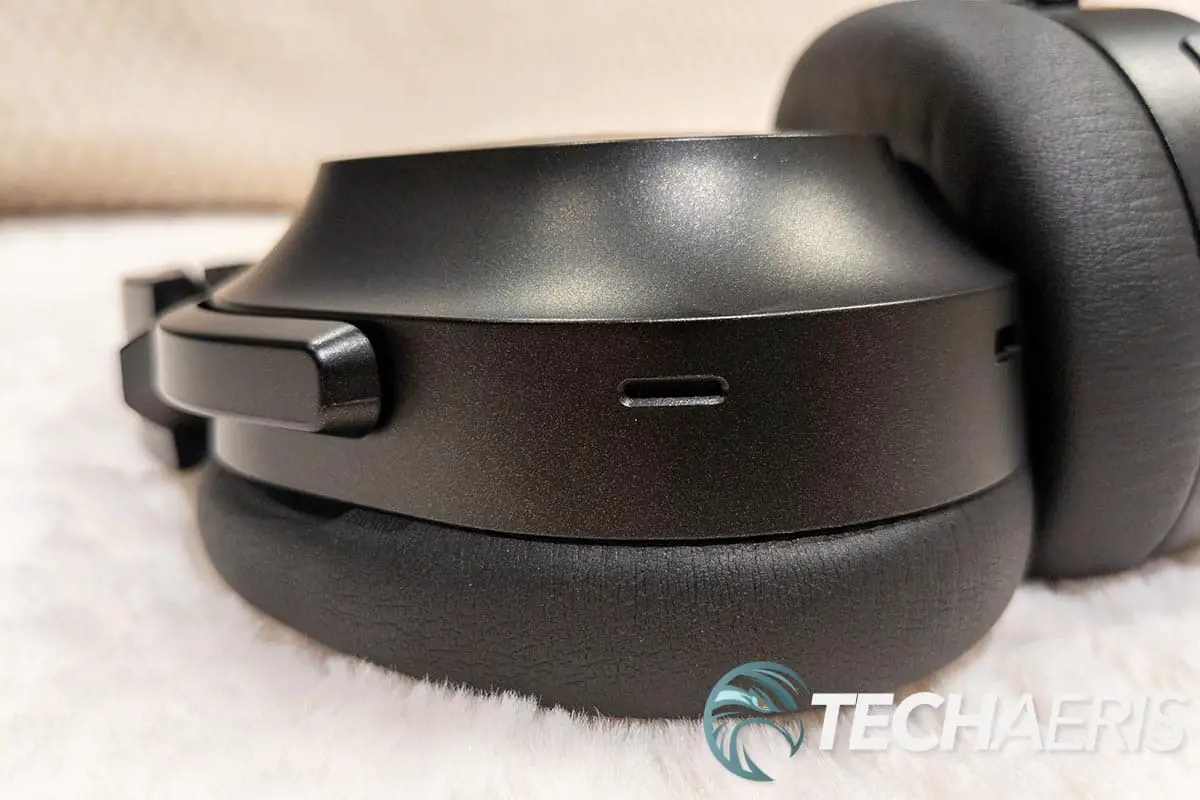
As mentioned above, you can adjust your settings for the microphone using the Razer Synapse app (on PC) or the Razer Audio app on your smartphone. As I mostly used it on PC, I found that I could tweak the microphone levels, input, noise cancellation, and sidetone enough for more than acceptable mic quality while gaming or chatting with others.
Battery Life
Razer claims that the Barracuda Pro wireless gaming headset gets up to 40 hours of battery life on a single charge. I typically used the headset for gaming over the 2.4GHz dongle with THX enabled, ANC off, and the volume set to about 75% (ya, I like my gaming loud). During my time with the headset, I was able to get pretty close to, and even just over, 40 hours with a mix of about 80% gaming and 20% music listening.
When the battery is low, the headset can be used while charging but you must still have the USB-C dongle connected and powered on. It will, of course, charge slower this way but at least you can still use it while it’s charging should you run low mid-game.
Price/Value
With an MSRP of US$249.99, this headset from Razer is on the higher end of the scale when it comes to gaming headsets. However, the Razer Barracuda Pro has a lot going for it: fantastic THX audio, great battery life, decent comfort, integrated mics with noise cancellation, and more.
As mentioned previously, the Barracuda Pro is the flagship device in the Barracuda lineup. The refreshed Barracuda X with its detachable microphone is now the entry-level device at $99.99 and the Barracuda, which features the same dual beam-forming noise-cancelling mics as the Barracuda Pro, retails for $159.99. You can check out the main differences in the chart below to help you make your decision, but if you have the money to spend, the Barracuda Pro offers great value for what you get.
Photo Gallery
Wrap-up
To be honest, it was tough to find any faults with the Razer Barracuda Pro wireless gaming headset. While Xbox compatibility would be nice, possibly by way of a 3.5mm port, this isn’t a compatibility issue limited to Razer. Aside from that, the Razer Barracuda Pro is a solid THX wireless gaming headset with looks that make it suitable for all-day use, everywhere you go. Compatible with multiple device types, great sound with its new Razer TriForce Bio-Cellulose 50mm Drivers and ANC, THX AAA, decent noise-cancelling microphones, long battery life, and the included hard case make it an easy choice as a Top Pick of 2022 here at Techaeris.
In some of our articles and especially in our reviews, you will find Amazon or other affiliate links. Any purchases you make through these links often result in a small amount being earned for the site and/or our writers. Techaeris often covers brand press releases. Doing this does not constitute an endorsement of any product or service by Techaeris. We provide the press release information for our audience to be informed and make their own decision on a purchase or not. Only our reviews are an endorsement or lack thereof. For more information, you can read our full disclaimer.
Last Updated on June 16, 2022.
Razer Barracuda Pro
US$249.99Nailed it
- Comfortable, go-anywhere design
- Fantastic sound with THX support
- ANC with ambient mode
- Integrated noise-cancelling microphones
- Long battery life
- Included hard carrying case
- Tweaked USB-C dongle design (yay!)
- A lot of customization in Synapse/Audio apps
- Has mic monitoring
- Fairly reasonably priced for the features
Needs work
- Earcups don't fold flat against your body when not being worn
- Not compatible with Xbox
- No 3.5mm audio connectivity
- Razer Synapse auto launches the install, even if you don't want to install it
- THX Audio available on PC only
- ANC enabled affects sound quality slightly
- No simultaneous 2.4GHz/Bluetooth functionality
- A bit heavier than other headphones

